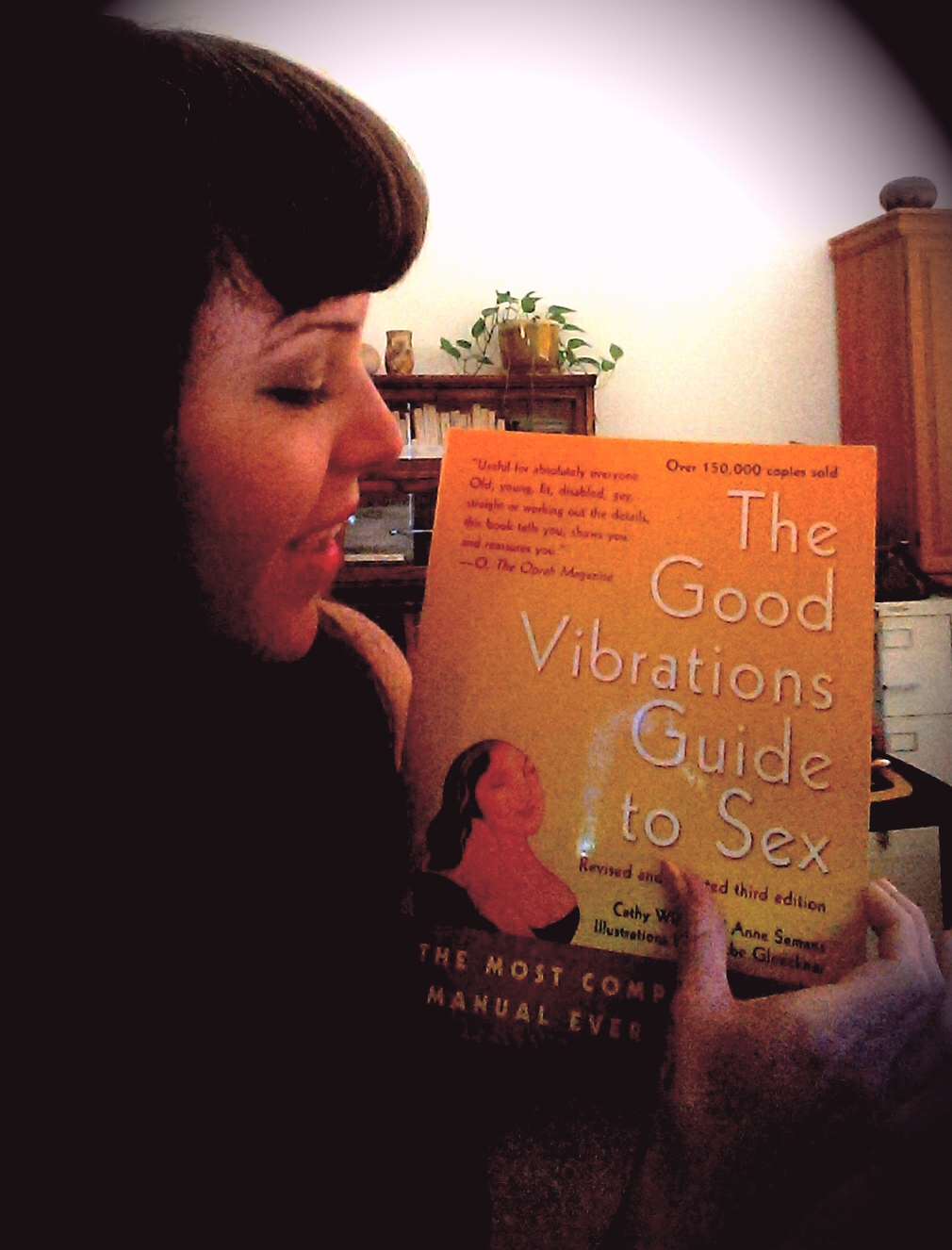Therapy is where we learn to cultivate our inner sanctuary. It’s where we can get what we need in order to be present with ourselves when no one else is around. Because relationships are our holding space for being ourselves, it is getting enough practice at that with others that allows us to become our own safe space for doing whatever delightful baloney we choose. Journaling is a thread between those inter- and intra-personal spaces.
Consider your diary to be a log of your honesty with yourself. From honesty comes our best explorations and our best art. Know that the work is to move towards increasing depths of understanding of yourself and of the world. Work to be honest to the extent that your diary becomes a sort of photo album of your living experience- but one no more organized than a dream.
Here is my guide to making your experience pleasurable and useful…
Remember the intention: What do I need in order to be willing to see the truth of myself, and of the world?
Flow with your materials.
The richest explorations are done in a relaxed but alert state. That begins by being physically comfortable and supported. Ideally the sensations of the journaling itself are pleasant and draw you in so that you can focus on pouring yourself out.
So, use the path of least tension. Unlined paper, a writing implement you like, and a quiet room are usually considered the most suitable. Somatically speaking, it’s very useful to see how your words are written. Writing is a form of drawing. Our muscle tension or relaxation, our speed of writing, the slant of our words or lines- all of it expresses something beyond the letters and words themselves.
However, it is most important is to honor whatever particular things you need at this point in time. If lined pages help you not to worry about straight lines, then lined pages it is. Typing instead of writing is also fine. Use whatever means keep you from physical distractions, but also work to get rid of any physical barriers in order to give yourself incrementally more space. Challenge yourself to try a new setting or technique so that you can keep expanding. Work to stay relatively comfortable as you do so.
Once you find something like a flow, you can move on to attending to the more complex distractions. That’s where the good stuff is.
Be alert for all manner of distraction.
Because this is a practice of burrowing into oneself in order to explore one’s depths, it’s vital to notice what gets in the way. What is the blockage made of, and what is needed to move past it?
Notice your willingness or reticence to write something down. Write down as much of what you notice about this as you can bring yourself to do. These are some of the richest moments of potential for noticing what you are and are not yet willing to know or to do.
Zoom out, and take a look. Every now and then, perhaps at the end of each paragraph or page, slow down and consider your writing. Ask yourself questions-
- What am I feeling (sensations and emotions) right now?
- What am I afraid of happening?
- Who am I writing this to?
- Who am I afraid will read this?
- Who do I hope will read this?
- What am I really trying to express?
- What do I want to feel- now, or if I reread this?
Use your answers to increase the realness and honesty of your entry.
Honor your reticence.
We tend to suck at this. We are far too practiced at telling ourselves, “If I just…” or “All I have to do is…” Practice not doing that. Replace those moments with honest reflections about what is making something difficult. When you dislike something, it’s for a reason. Listen to yourself about it with kindness. The reason helps to point to what you need. Often you won’t know what you need, but paying matter-of-fact attention to what you’re feeling will often get you there, if only after you’ve enlisted support in the process.
And expect your hurdles to increase in size and complexity for some time. Keep your process moving along the way. Eventually, you’ll move through to deeper work. And then you’ll hang there for a while. And then you’ll deepen again. Eventually the practice becomes the work. The practice is the work, and this becomes apparent after a few times of moving through something tough or lovely.
Before I move on to particular ways of writing, notice how much of this is about paying attention. This is the bulk of the work of journaling, just as it’s the bulk of the work of therapy. You are working to get out of your own way by paying attention to what’s in your way. And paying attention indeed requires paying something. The practice of doing this is the work itself. The technique is what allows you to create something. So return to these reminders often. Now onto the ways to create entries…
Explore from different angles.
- Have conversations– with yourself now, with yourself at past ages, especially childhood, with your imagined future selves, and with others. Focus on emotions and needs.
- Log your experiences. Go heavy on sensation-based descriptions. These entries are great for important experiences, pleasant or unpleasant, and are a big part of creating an album of your life that is rewarding to make and to read. But logging can also bring the needed reverence to minutia.
- Track yourself and your surroundings in the moment. You can do one or the other, or both at the same time. Go heavy on sensation language here, too, and be as grammatical or un-grammatical as you please in the moment. Our experiences go beyond words, so breaking free of their form becomes very important during tracking.
- Draw. Sketch, paint, scribble, whatever. Being able to draw as you journal is a huge step in being willing to put anything down. It’s a great way to get at the aforementioned wordlessness of our experiences.
- Write down your dreams. Dreams are a wonderful peak into the deeper chambers of our unconscious, which are typically closed during waking hours. Often just describing them in your journal will cause you to remember more of them, and to dream in a richer way. You can choose to explore them on paper or not, but be sure to notice what emotions you felt during your dreams.
- Store precious items. Be careful with this one, and really curate what you add to your collection. The intention is not to increase your diary’s show quality (at least not for others). These items are for recounting visceral reactions, and for exploring these reactions. It needn’t even be a special item, but simply one that evokes a sensation or emotion.
Whatever arises, attend to it. If you don’t know how, ask for help. Happy journaling.

